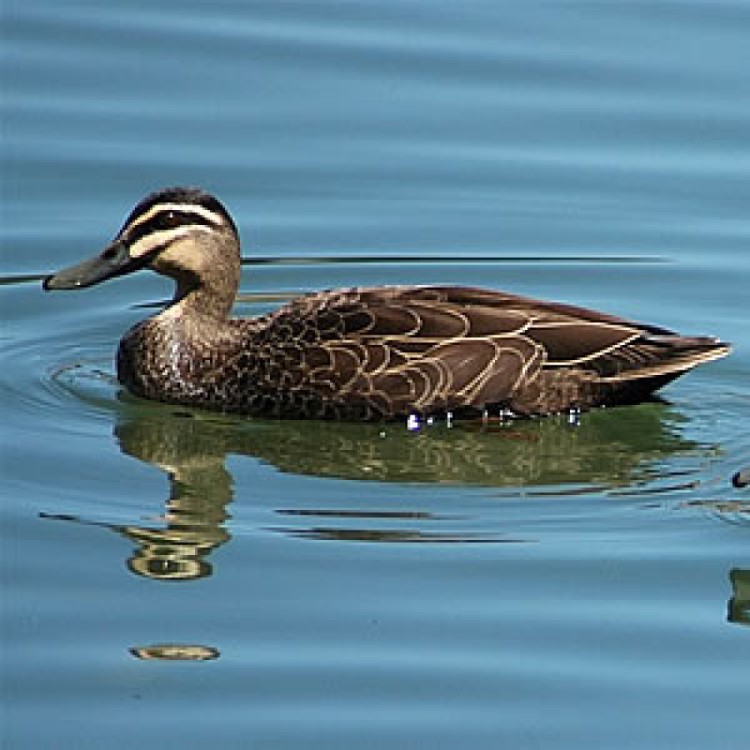
Novel Reassortant Highly Pathogenic Avian Influenza (H5N5) Viruses in Domestic Ducks, China
On Jun. 11, 2011, scientists in China reported the isolation of 2 novel reassortant highly pathogenic avian influenza (H5N5) viruses from apparently healthy domestic ducks that highlights the role of these ducks as reassortment vessels. Such new subtypes of influenza viruses may pose a pandemic threat. Aquatic birds are considered the natural reservoir for influenza A viruses of all known 16 hemagglutinin (HA) and 9 neuraminidase (NA) subtypes.
In China, domestic ducks raised in the traditional free-range system often share water with wild aquatic birds. Moreover, domestic ducks are often in close contact with poultry, livestock, and humans in the same village or farm. Therefore, domestic ducks play a major role in the ecology of influenza viruses and can act as potential vessels for genetic reassortment.
The 2 novel HPAI (H5N5) viruses isolated and characterized in this study are most likely reassortants of recent Eurasian viruses sharing approximate spatiotemporal distribution. It is less likely that they were introduced through intercontinental transmission of subtype H5N5 strains from North America. The role of domestic ducks in the influenza virus ecosystem should not be neglected. Systematic surveillance should be instituted to identify emerging HPAI (H5N5) viruses and to reduce their potential threat to animal and human health.
Tags:
Source: National Library of Medicine
Credit:
